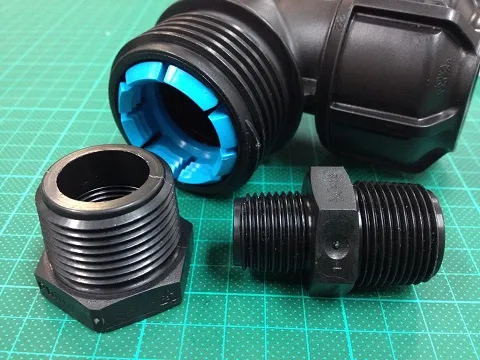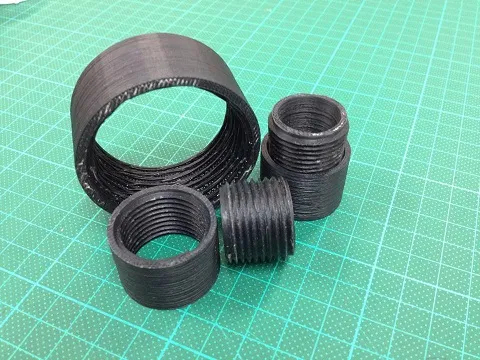3D Printing: Setting the Foundations

The last two weeks have seen our team replicating and 3D printing the threads that are used on most of the parts we want to print. This was a really good exercise that helped us gain a much better insight into how the connection parts work and the printing process.
For example, based on earlier research, we knew that there are various types of threads and that they are quite complex and precise in their measurements. So replicating these was a great way of testing how small of a thread we can print. The results were great as we have been able to successfully replicate, print and use the smallest thread that we have identified from the Oxfam catalogue.


Equally importantly, we were happy to see that the process of printing the thread requires very little in the way of a support structure because of the angle on the thread is self-supporting. This is a big plus as the need for a support structure means that more material is needed. In turn, this means that time has to be spent removing the supports, and this process can sometimes affect the structural integrity of the part when removed.
Understanding this process will help guide the future direction of modelling and printing to make sure we can make the prints as cheaply, efficiently and effectively as possible – whilst maintaining the necessary structural resilience and strength.
Stay updated
Sign up for our newsletter to receive regular updates on resources, news, and insights like this. Don’t miss out on important information that can help you stay informed and engaged.
Related articles
.png)


Explore Elrha
Learn more about our mission, the organisations we support, and the resources we provide to drive research and innovation in humanitarian response.